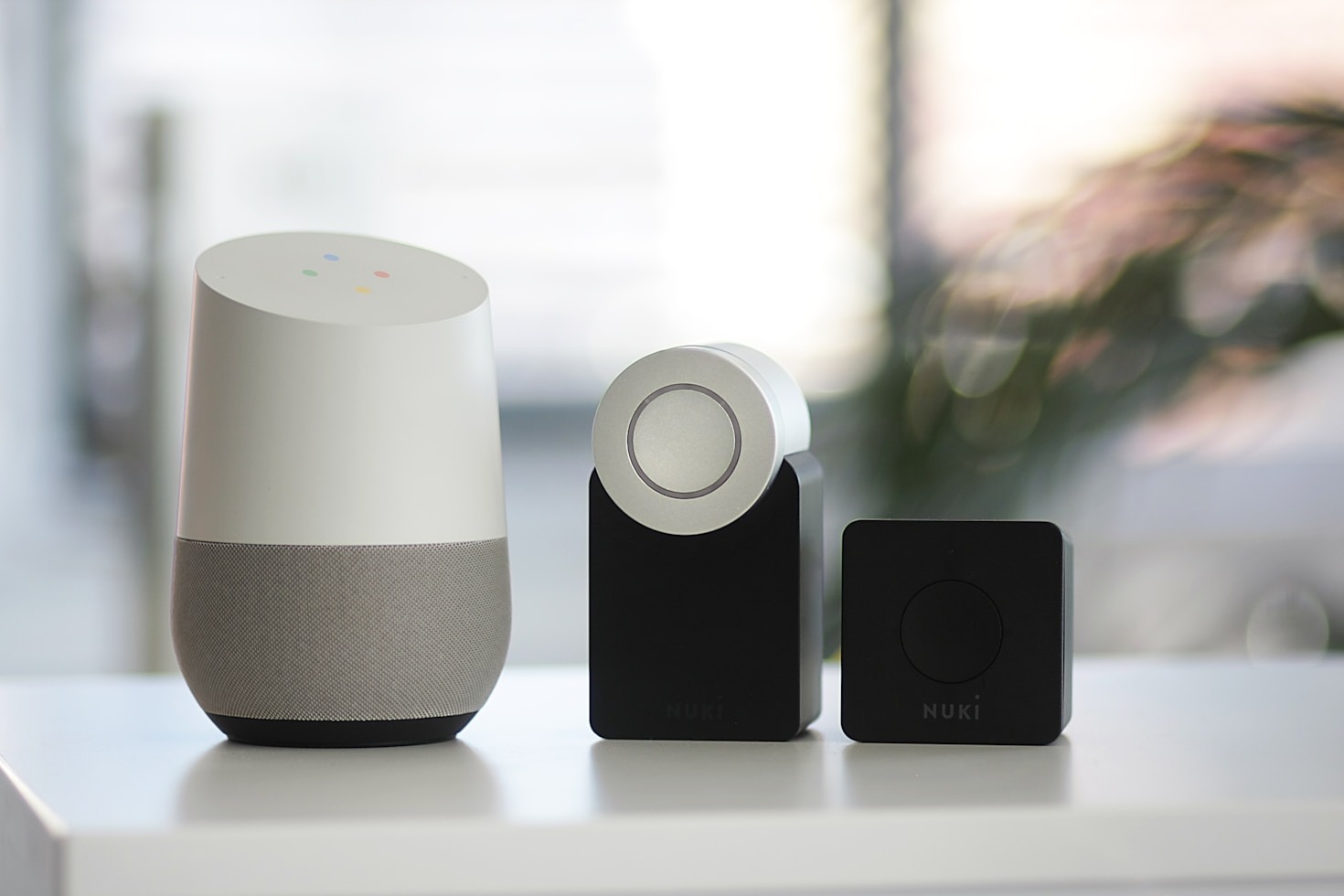A smart home combines cutting-edge technology with everyday living, allowing you to optimize your home’s efficiency in ways that save you time, money, and energy. From automation to data-driven decisions, the possibilities are endless. Here’s your ultimate guide to creating a smart home that maximizes efficiency.
1. Energy Management
Smart homes are synonymous with energy efficiency, using devices and systems that reduce waste and lower utility bills.
a. Smart Thermostats
- Example: Nest, Ecobee, Honeywell
- How It Works: These thermostats learn your schedule and adjust the temperature accordingly, ensuring that you’re not heating or cooling an empty home.
- Benefits: Saves up to 15% on energy bills annually by adjusting temperature settings for optimal energy consumption.
b. Smart Lighting
- Example: Philips Hue, LIFX, Lutron Caseta
- How It Works: These systems allow you to control your lights remotely, set timers, or use motion sensors to ensure lights aren’t left on unnecessarily.
- Benefits: Reduces energy waste and allows for customized lighting schedules.
c. Smart Plugs and Power Strips
- Example: Kasa Smart Plug, Wemo Mini Smart Plug
- How It Works: Smart plugs let you control appliances and electronics remotely, helping you shut them off when not in use to prevent phantom energy loss.
- Benefits: Automatically turn off devices like coffee makers, TVs, and chargers when not in use, reducing energy consumption.
2. Home Automation
The real power of a smart home comes from automation — setting up systems that work for you, even when you’re not at home.
a. Automated Lighting and Curtains
- How It Works: Use smart timers and sensors to control your lighting and window coverings. For example, smart curtains can open and close based on the time of day or temperature, letting in natural light and helping regulate indoor temperature.
- Benefits: Maximize daylight during winter months and reduce reliance on artificial lighting.
b. Smart Irrigation Systems
- Example: Rachio, RainMachine
- How It Works: These systems adjust watering schedules based on weather forecasts, so you won’t be watering your lawn when it’s raining.
- Benefits: Save up to 50% of water used for irrigation, while keeping your lawn healthy.
c. Voice Assistants
- Example: Amazon Alexa, Google Assistant, Apple HomeKit
- How It Works: These systems act as the central hub of your smart home, allowing you to control devices with voice commands.
- Benefits: Hands-free control of your home, such as dimming lights, adjusting thermostats, or playing music, all of which can be done while you multitask.
3. Security and Safety
Smart home security enhances efficiency by automating your safety systems and allowing you to monitor and control them remotely.
a. Smart Security Cameras and Doorbells
- Example: Ring, Nest Cam, Arlo
- How It Works: These devices give you real-time access to video feeds and allow you to communicate with people at your door, even when you’re not home.
- Benefits: Improve security by keeping an eye on your property at all times, with alerts sent directly to your phone.
b. Smart Locks
- Example: August, Schlage, Yale
- How It Works: Smart locks allow you to lock and unlock doors remotely, share access codes, or use your phone to unlock doors.
- Benefits: Enhanced security and convenience, especially if you’re expecting guests or deliveries when you’re not home.
c. Smart Smoke and Carbon Monoxide Detectors
- Example: Nest Protect, First Alert Onelink Safe & Sound
- How It Works: These detectors alert you to smoke or CO2 levels via your smartphone, and can even provide voice alerts for specific hazards.
- Benefits: Immediate alerts in case of danger, even when you’re not at home.
4. Smart Appliances
These modern appliances not only improve efficiency in the kitchen and laundry room but also offer remote control, smarter operations, and energy-saving features.
a. Smart Refrigerators
- Example: Samsung Family Hub, LG InstaView
- How It Works: These refrigerators come with touch screens, Wi-Fi connectivity, and cameras that allow you to check what’s inside remotely. Some even have built-in voice assistants.
- Benefits: Reduce food waste by keeping track of items inside, and increase energy efficiency with advanced cooling technology.
b. Smart Washing Machines & Dishwashers
- Example: Whirlpool Smart Washer, Bosch 800 Series Dishwasher
- How It Works: These appliances can be scheduled, monitored, and even adjusted remotely to optimize washing cycles based on laundry load or energy consumption.
- Benefits: Customize wash cycles to save energy, water, and time.
c. Smart Ovens and Coffee Makers
- Example: June Oven, Keurig K-Elite
- How It Works: With Wi-Fi connectivity, you can preheat the oven, set timers, or brew coffee from your smartphone.
- Benefits: Control cooking or brewing from anywhere, making meal prep more efficient.
5. Data and Insights for Better Decision Making
One of the most powerful features of smart homes is the ability to collect and analyze data, giving you insights into your home’s energy use, appliance performance, and more.
a. Smart Home Energy Monitoring Systems
- Example: Sense, Neurio
- How It Works: These devices track the energy usage of your entire home or specific appliances. They provide real-time data and insights into where energy is being consumed and how much you can save.
- Benefits: Helps you reduce energy costs by identifying inefficient devices or areas of the home that waste power.
b. Smart Home Platforms and Apps
- Example: Apple HomeKit, Google Home, Samsung SmartThings
- How It Works: These apps consolidate control over all your smart devices into one centralized platform, letting you automate systems, monitor usage, and adjust settings from a single app.
- Benefits: Easily manage your smart home’s efficiency with a user-friendly interface, including energy-saving options.
6. Environmental Sustainability
Beyond just saving money, many smart home technologies are designed with sustainability in mind, promoting green living.
a. Solar Energy Integration
- Example: SolarEdge, Tesla Solar Panels
- How It Works: Smart homes can integrate solar power systems, which optimize energy usage, control battery storage, and allow you to track the performance of your solar panels.
- Benefits: Reduce reliance on grid power, lower energy bills, and reduce carbon footprint.
b. Smart Waste Management
- Example: Enevo, Compology
- How It Works: Sensors monitor trash levels in bins and dumpsters, and optimize pick-up schedules to ensure waste is handled efficiently.
- Benefits: Reduces waste collection costs and helps keep your home organized and eco-friendly.
Conclusion
The key to a more efficient and sustainable lifestyle is integrating smart home devices that work together. Whether it’s optimizing energy use, automating everyday tasks, or improving security, smart homes offer endless possibilities to improve your quality of life. By investing in the right technologies and learning how to use them effectively, you can create a more efficient, safer, and environmentally friendly home.

